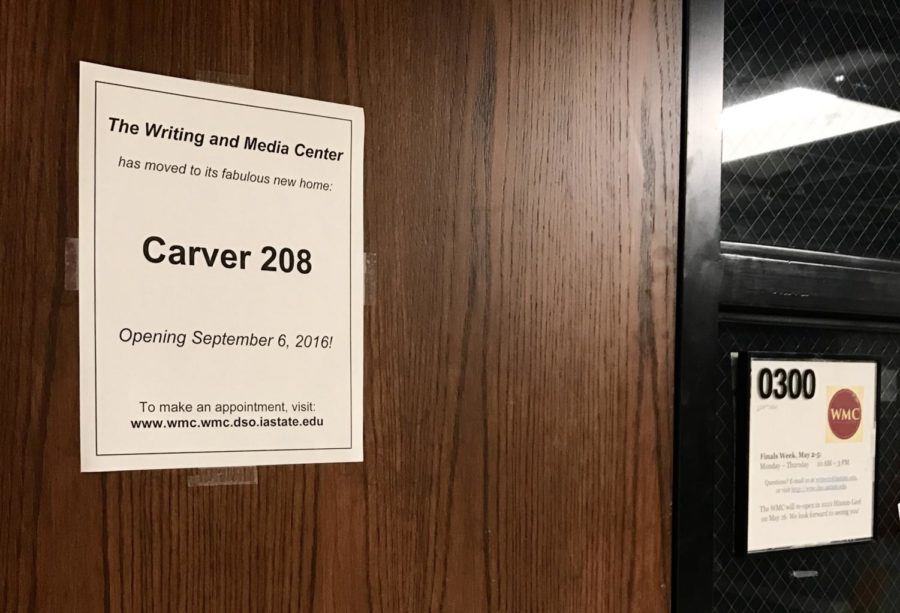Writing and Media Center: Helping students realize the importance of writing
February 18, 2017
At a university known for its prestigious STEM programs, one organization on campus is committed to helping students express themselves by cultivating their writing skills.
The Writing and Media Center (WMC), which started in a small room at Ross Hall, was originally a component of the English department. After realizing the department was unable to financially support the center, the previous dean of students, Pamela Anthony, agreed to move the center into her office.
Shortly after the move, the center was absorbed into the Hixon-Lied Academic Success Center, where it has served more than 2,300 students and continues to experience grow.
For this reason, Christa Tiernan, director of the Writing and Media Center, remains grateful of Anthony’s decision to make the organization a stand-alone cultivation center.
“Our growth has been really impactful on campus,” Tiernan said. “[The dean of students] as partners, are our stronger supporters and they to talk to a lot of [different student groups] to push out the world about the Writing and Media Center.”
But the potential of the center was not always recognized. Students often perceived the writing center as a program that only offered help to English and journalism students, which Tiernan said is a common misconception.
“The [WMC] is not just for essays or just for writing in your English class,” Tiernan said. “[We] are helping [students] see the fact that communication is one of those transportable skills. You can always be improving your skills.”
The WMC staff members are trying to help students understand the importance of language skills in any specialization in education.
“We’re motivating students to know that being able to reach an intended audience with your intended message is kind of the point that we [should] all be going toward,” Tiernan said.
Nearly 24 percent of the thousands of students who visited the WMC last fall came from the College of Liberal Arts and Science, while 23 percent percent came from the College of Human Sciences and 19 percent from the College of Engineering.
The lowest percentage of students represented at the WMC, 7 percent, came from the College of Design.
The numbers do not necessarily mean that all of the students who visit the WMC are struggling with their writing, as they have an average 3.2 GPA, but many still do not see the importance of being able to compose coherent sentences.
Tiernan believes the center can continue to see an increase in student participation if more faculty and staff helped engage in the conversation.
“It can be helpful if faculty members can step in and say, ‘Hey, it’s not just about writing,'” Tiernan said. “‘It’s about communication, and when you get a job in your industry, and when you’re here [at] Iowa State, you will have to communicate with other humans.’”
Tiernan also wants academic advisers and professors to help fuel this understanding by steering students to the WMC, but not as a type of discipline.
“There is a small percentage of professors who send students to the center as if it’s some strange punishment [for bad grades],” Tiernan said. “We want to avoid that because by the time the student gets to our door, we have to do a lot to work to disarm them and trust us, and let them know that we are not there to grade or judge them.”
Tiernan said the WMC has focused its commitment on “helping students realize and achieve their own learning objectives.” After completing a $67,000 renovation last year, the center’s new location in Carver Hall seems like a permanent place to obtain that goal.







